As accountants and financial directors we need to be aware that:Pressures and incentives, opportunity, and rationalization is a common human element which management must be aware of.
Abuse within the procurement cycle (Purchasing Dept.) is common and can be damaging, from the magnitude of potential monetary losses to the reputational damage that can come from a loss of trust of important stakeholders such as investors, customers, and other suppliers.
Example:
Consider a long time employee who is suddenly struggling with making ends meet at home. Through many years of service in the procurement department, he has gained the trust of co-workers, established personal relationships with vendors, and has an intimate knowledge of the controls system and any gaps that may exist. Almost effortlessly, he could approach a vendor to inflate invoices and direct surplus payments to his personal bank account. Such collusion is common in procurement frauds.
Experience shows:
That fraud can flourish in times of economic boom or bust. ‘Change’ can have a significant impact on people at all levels in the organization. As management works through the turbulence, corners may be cut. Less staff resources may be available due to earlier cutbacks and the demands on experienced staff’s time may be split between control responsibilities and managing the integration of newly acquired business units.
In either scenario, the offender will justify their actions: “the company won’t miss this; it’s a small drop in the bucket”, or “I’ll pay it back as soon as I am able”. Perhaps less obvious; but equally alarming, it becomes increasingly enticing to accept gifts from a supplier when the demands on staff’s time is expanded and compensation is frozen or not increasing to the extent of the former ‘glory days’ of growth and profitability when the economy was flourishing.
What Could Happen?
The first step in assessing the vulnerability of your procurement cycle and designing mechanisms to detect and prevent the fraud is to understand the common fraud schemes.
Fictitious invoicing and inflated billing rates – invoices could be generated for processing through Accounts Payable that do not relate to goods received or services rendered. Consider that an employee may generate an invoice payable to a vendor using their home address. Alternatively, unannounced to your diligent procurement staff, a vendor, even one that is regularly providing legitimate services to your organization, may submit an invoice for services that were not provided or at rates that are above those agreed upon.
- Conflicts of interest – where procurement personnel have a financial interest in the success of a supplier entity, their purchasing decisions may be biased towards that entity to the detriment of your organization.
- Vendor kickbacks and bribery – almost innocently, vendors may send gifts to procurement personnel because of long-term relationships. This can create a conflict where a personal relationship between the buyer and vendor is established that may put pressure on the buyer’s efforts to act in the company’s best interest. Less innocently, vendors may collude with procurement staff in order to ‘work around’ established procurement controls and fraudulently withdraw money from your organization. Suppliers may bribe a buyer in your organization
to purchase from them despite above-market rates or poor product quality. In another scenario, bribes or kickbacks may be offered to procurement personnel to approve fictitious charges.
The above are only a few: To read more see Procurement Fraud , by KPMG
How to Prevent It
The foundation of any fraud prevention program is the ‘tone at the top’, the message that management is conveying to guide how business is to be conducted. It must be ingrained in the way business is conducted in a clear and unambiguous manner through active enforcement of its principles.
Fraud awareness training is also an effective tool in empowering frontline personnel to minimize inappropriate behaviour; but, it also sends the message to potential fraudsters that ‘detection’ is a priority and there are many eyes watching to minimize fraud opportunities.
Finally, invest the appropriate time and due diligence in performing a detailed fraud risk assessment surrounding the procurement process. In your business and industry today, what are the risks that pose the most significant threats? The answer to this question is ever evolving and requires regular evaluation. Focusing the efforts of procurement personnel on the key controls to mitigate these fraud risks is critical. Making staff accountable for the performance of these controls is also fundamental in ensuring their effectiveness.
How to Detect It
Perpetrating these types of frauds often involves the ‘side stepping’ or overriding of controls that are designed to detect inappropriate spending. In these scenarios, it is important to be aware of the red flags that may raise suspicion before too much loss is suffered [see ‘Red Flags’ sidebar]. In KPMG in Australia’s 2008 fraud survey, 22% of frauds reported by respondents were ultimately discovered after many red flags were ignored. In efforts to identify fraud earlier, an awareness of potential red flags and an establishment of reporting mechanisms to detect these indicators will be beneficial.
Many business information systems contain the facts that can point a finger at impropriety if the right lens is applied to the data. Data analytics tools can be used to focus detection efforts. Whether analyzing spending trends, irregular transactions, or potential buyer and supplier relationship indicators, these tools have the capacity to filter large volumes of information [see table]. Efforts to implement a continuous monitoring program with these tools, or response to a suspected fraud are two avenues for leveraging the vast capabilities of data analytics.
Procurement Fraud Red Flags
- Round dollar value invoices
- Lack of control around the bidding process including poor documentation, absence of appropriate competition
- Poor documentation of expenditures or failure to complete a match of invoices to receiving and order documentation
- Consistent use of a vendor who is delivering poor quality goods, particularly where this issue is concentrated with one buyer
- Duplicate invoice payments
- Excessive entertaining of procurement staff by suppliers
- Vendors with a post office box as the sole address
- Absence of a legitimate GST or HST registration number
- Off-hour transactions
- Out-of-sequence invoice numbers for a particular vendor
- Payments to inactive vendors
- Low initial bids followed by excessive change orders
- Poor cash management practices (i.e., paying invoices right away despite the accepted practice of 30 to 60 day payment terms in a particular industry)
- Cheques set aside for pick-up
Discussion Questions:
1. After reading this article, do you know of any companies that adhere to strict purchasing controls?
2. For a small business what type of controls would you implement.
3. Are Red Flags a key indicator to detect fraud?

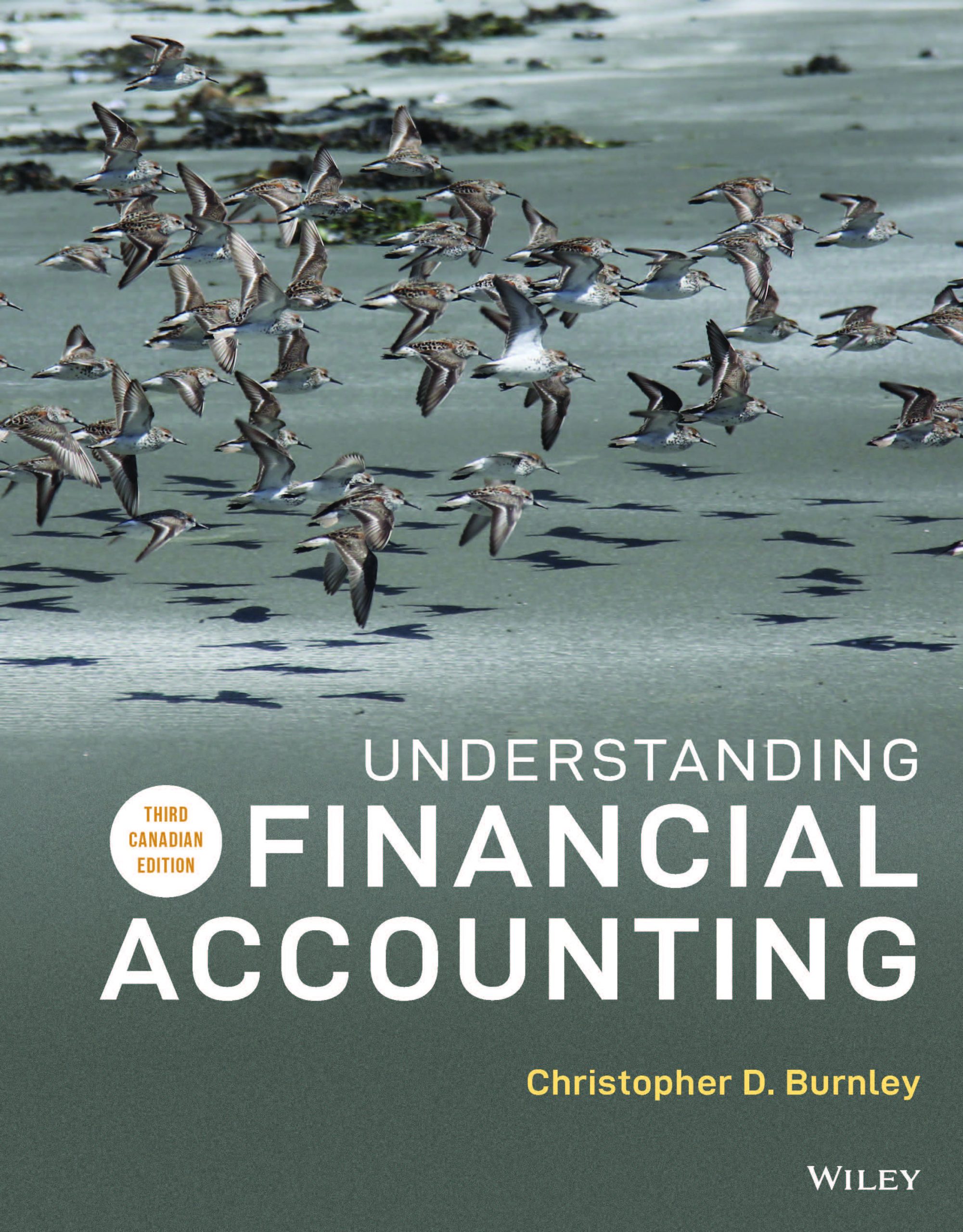
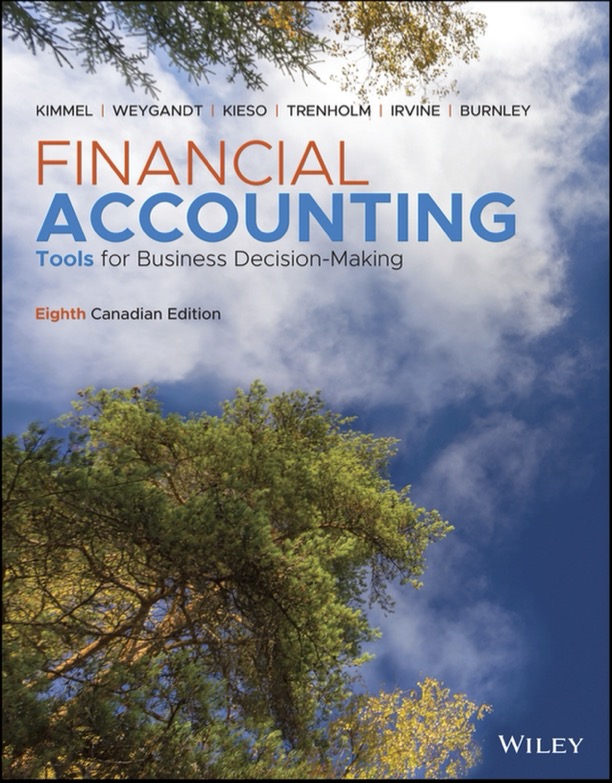

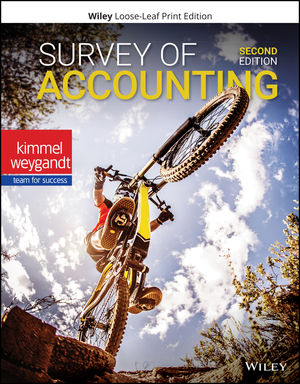
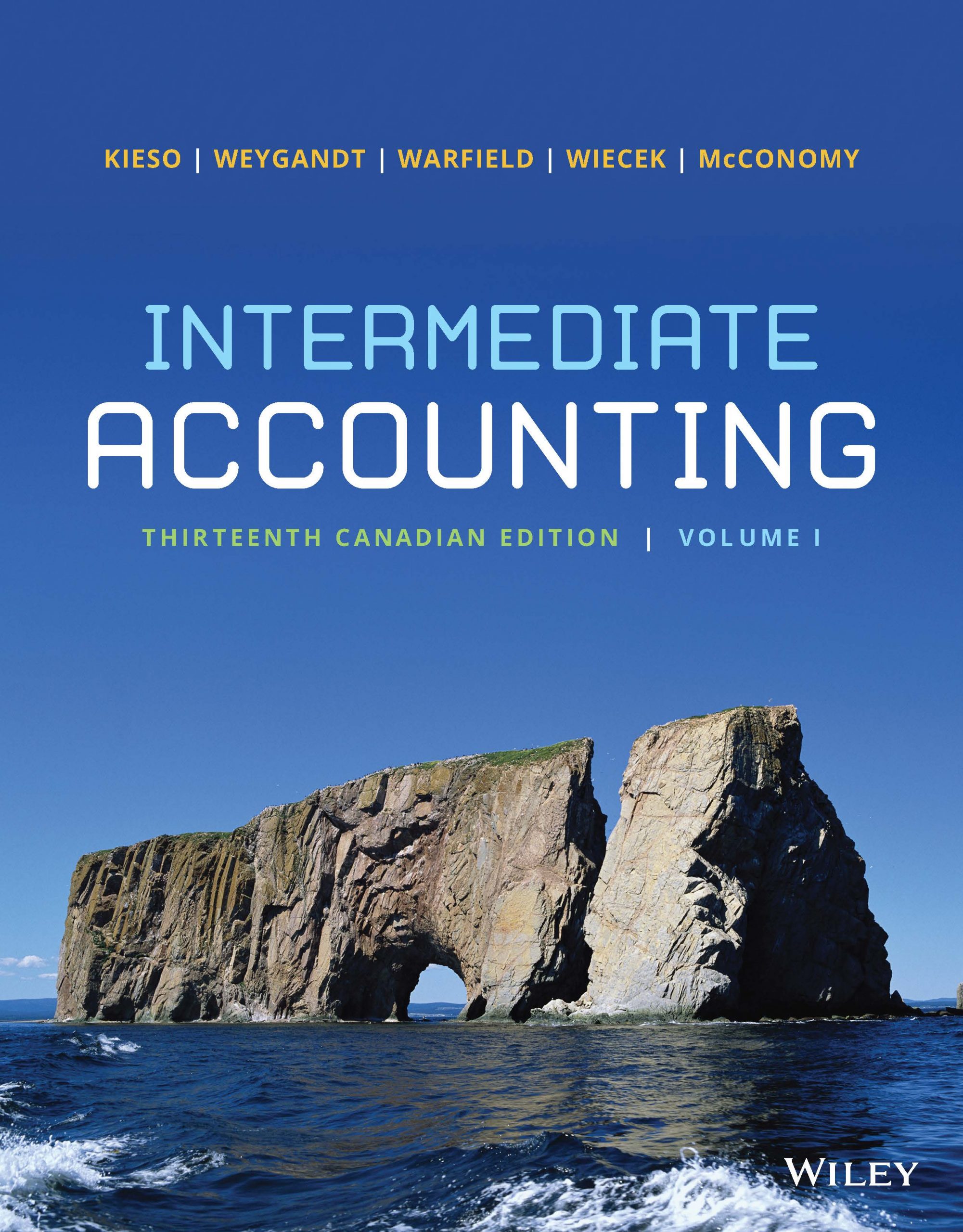
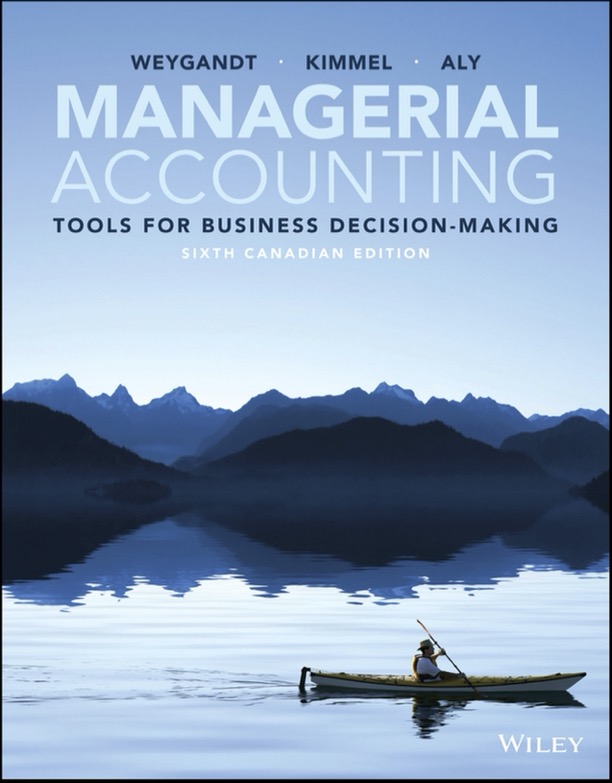


Leave a Reply